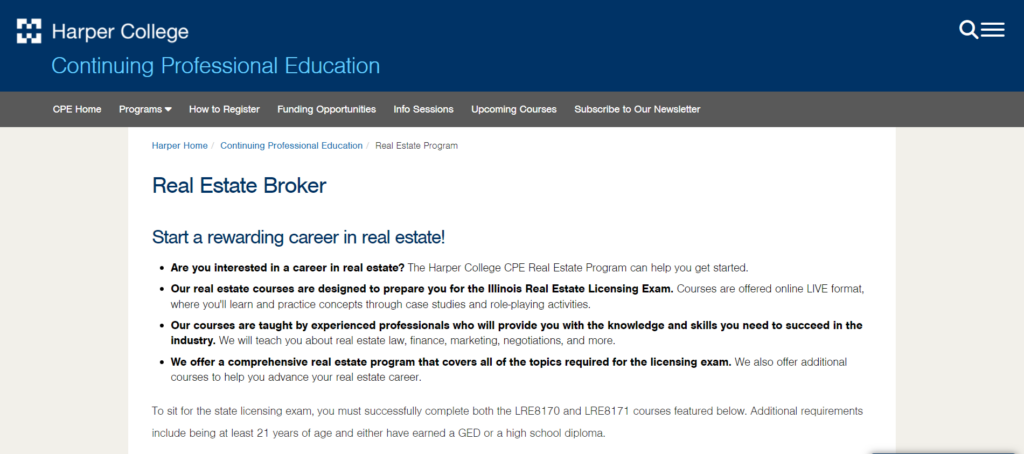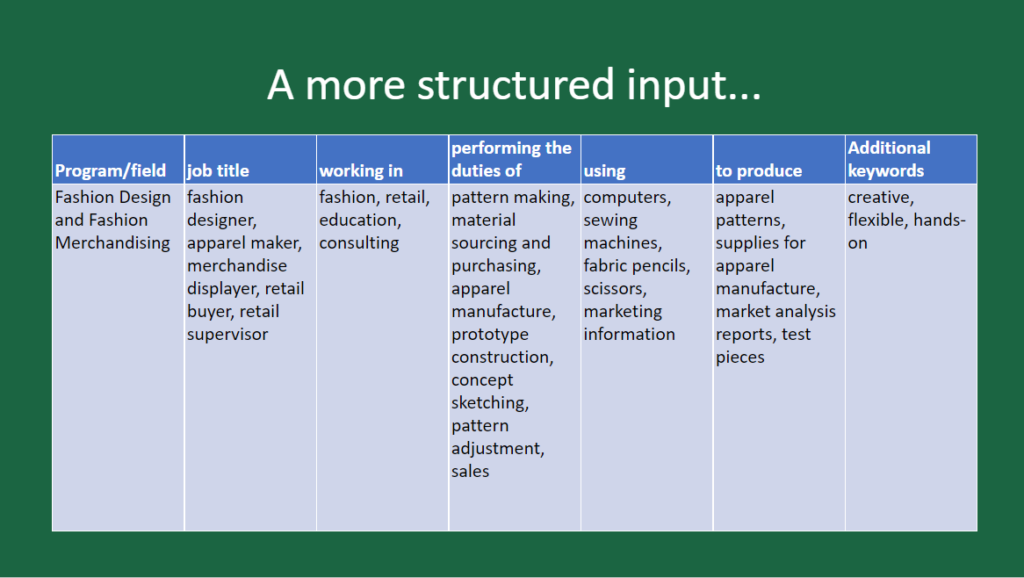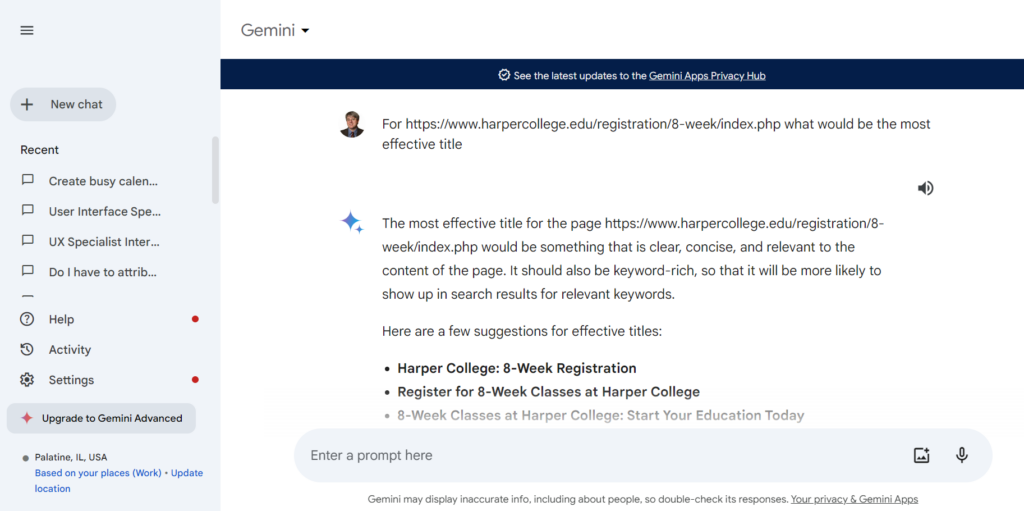
Kelly Hidlebaugh
March 11, 2024
Is artificial intelligence a marketer’s archnemesis or can it be your new best friend? Is it worth the effort to learn all the AI do’s and don’ts? Can you trust the results?
Our clients and colleagues are using AI to kickstart their writing, streamline their processes, and back up their hunches. It’s a great support tool, though the consensus is that it can’t provide the all-important authenticity that makes your messages resonate.
Savvy strategists like Patrick Kelly at Harper College in Palatine, Illinois, use AI to offload some tasks that often bog down projects. Patrick is having great success adopting AI support tools and using the time he’s saving to enhance Harper’s stories and complete more content strategy initiatives.
Here are three use cases Patrick is sharing with content teams nationwide through conference speaking engagements and workshops. Contact Patrick Kelly on LinkedIn.
ChatGPT might be the most recognizable AI content platform but it’s far from the only option. You’ll find AI content generators developed specifically for marketing, SEO, image optimization, language translation, video narration and transcripts, and web analytics.
Challenge for Harper College: Turn languishing partial-credit program pages into vibrant user- and search-friendly content.
Harper’s plan: Use Google Gemini, formerly known as Google Bard, to generate copy for job-specific courses and certifications, e.g., truck driving, coding in Python, prepping as a veterinary assistant, or earning a real estate license. Patrick tested and chose Gemini because he had confidence Google’s search expertise would prove valuable.
AI-supported results: Harper’s web traffic showed significant SEO gains. The site clicks increased 76% overall, with an increase of 170% in unbranded queries. The trucking page was up 28%, the Python coding page was up by 52%, and the top performer was the Real Estate page, gaining an astonishing 331% uptick in clicks.

Academia and healthcare websites rely on a foundation of structured, list-able content. For example, course descriptions, degree lists, and condition pages. Producing that kind of content starts with objective SEO data gathering and analysis—a perfect task for AI, with a little help from student employees.
Challenge for Harper College: Humanize the school’s 70+ career pages. Patrick’s team had the bare-bones details but needed to round out the content with meaningful, career-focused context.
Harper’s plan: Use Jasper.ai and thoroughly tested spreadsheet formulas to generate content options for narrative, search-friendly descriptions of career paths and job outlooks.

AI-supported results: Student workers completed basic content assignments quickly, even though most were not trained web content writers. That efficiency helped the team eliminate about 3.5 hours of foundational work per page, giving Patrick’s professional writing team more space for creative editing. The new content showed an increase of 217% in clicks for overall search, and a 358% increase in unbranded queries! See the Health Information Technology Careers page as an example.
The Harper College use case: Create a report highlighting programs where all the classes can be taken in eight-week formats and come up with a name for marketing the new “package” to prospective students.
Harper’s plan: Use Gemini to assess the data and generate the report. Then use Gemini to analyze those results alongside web traffic data to suggest initiative names that would generate the most traffic.

The results: In addition to the naming suggestions, Patrick was also able to provide stakeholders from the academic departments with the rationale for each.
Colleagues like Patrick Kelly demonstrate that there’s no need to shy away from incorporating AI into your content production. As Sabra Fiala, AVP of Marketing at Stamats, summarizes, there are abundant ways that institutions can use AI to “innovate, empower, and positively impact lives” through content strategy.
We can quickly deliver highly effective SEO content using streamlined and documented processes, reaching audiences faster and with greater precision than ever before. That said, there’s a difference between content production and content creation. It takes strategic thinking and our deep instincts as communicators to create compelling stories for user journeys.
With all those hours saved, we’ll have more time to explore, refine, and imagine – and that’s where the magic of content strategy happens.
Related reading: 3 Rules for a Better SEO Linking Strategy